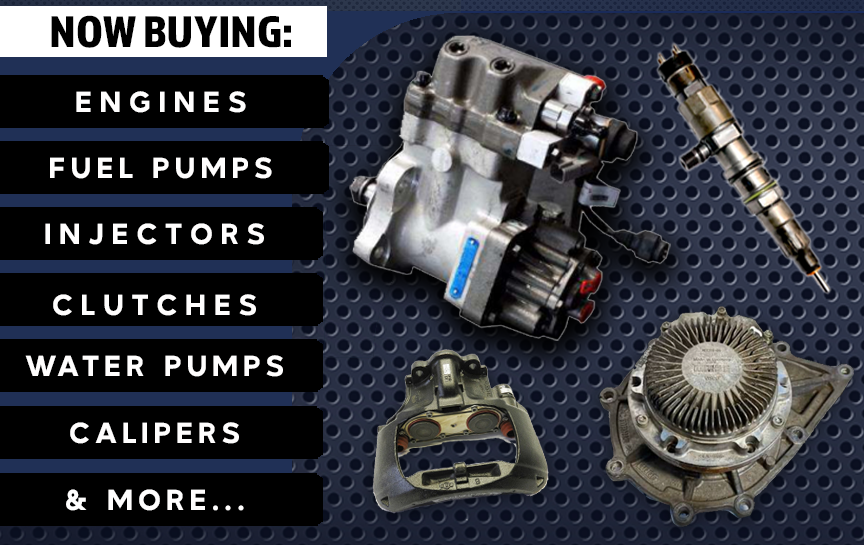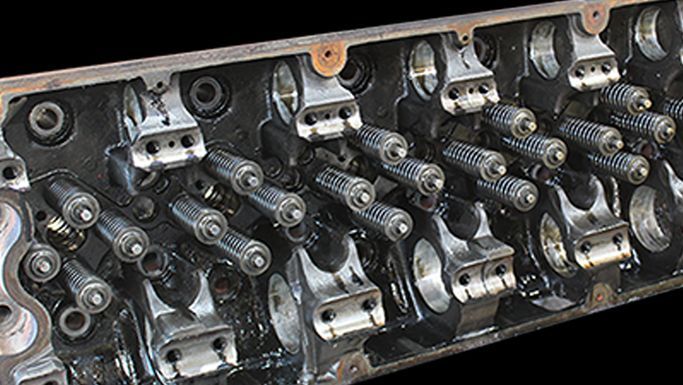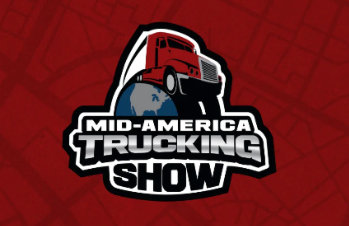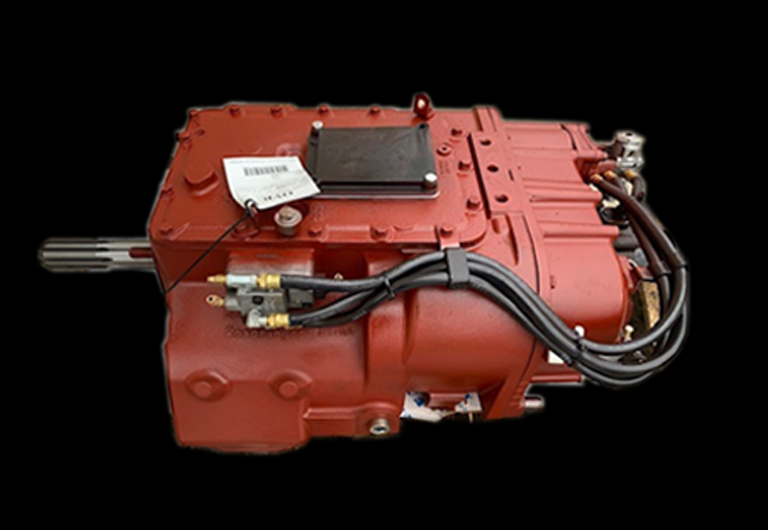How to Safely Buy Used Heavy-Duty Tandem Suspensions
Tips for safely purchasing used tandem suspensions
Buying used Heavy-Duty tandem suspensions can save money, but it comes with risks—especially when it comes to safety, wear, and compatibility. This article provides practical tips to help you make a smart and safe purchase.
1. Know What You're Buying
Start by identifying exactly what you're dealing with—this will help you avoid compatibility issues later.
- Identify the Make and Model: Look for stamped tags or etched part numbers. Know if it’s from Hendrickson, Chalmers, Meritor, etc.
- Suspension Type: Confirm whether it’s an air ride, mechanical spring, walking beam, or rubber block suspension.
2. Match It to Your Vehicle
Ensure the suspension matches your truck’s specifications. Consult your truck’s OEM manual or a mechanic if unsure.
- Frame Width: Most suspensions are built for 34" frames—confirm yours matches.
- Axle Spacing and Capacity: Tandem spacing (e.g., 52" or 60") and total capacity (e.g., 40K–46K lbs) must be appropriate.
- Top vs. Underslung Mount: Ensure the mounting style fits your frame and application.
- Ride Height: Ensure compatibility with your driveline and trailer heights.
3. Inspect for Wear and Damage
Bring a flashlight and gloves—some damage is only visible up close.
- Bushings: Check for dry rot, cracking, or play in torque arms and equalizers.
- Hangers and Mounts: Look for cracks, rust damage, or rewelds.
- Beams and Torque Rods: Check for bends, warping, or excessive rust pitting.
- Air Bags (if air ride): Look for dry rot, leaks, or uneven wear.
- Shocks and Leveling Valve (if present): Inspect for oil leaks and correct movement.
4. Check Alignment and Geometry
Use a tape measure or laser alignment tool to verify geometry.
- Uneven tire wear on donor axles may indicate a bent beam, misalignment, or worn bushings.
- Measure key mounting points to ensure the geometry hasn’t shifted due to frame stress or a collision.
5. Look for Rebuild History or Service Records
Rebuild documentation can also help with resale value and insurance claims.
- Ask if it's remanufactured or used as-is.
- Check for receipts on bushing replacements, air bags, shock absorbers, etc.
- Reman suspensions often come cleaned, blasted, repainted, and rebushed—much better value.
6. Evaluate Axles (if included)
If the tandem suspension comes with axles, inspect the following:
- Brake components (shoes, drums/discs)
- Hub seals and bearings
- Differentials (if drive axles)
- Confirm gear ratio and lockers if needed.
7. Avoid Frankenstein Setups
Mismatched parts can lead to uneven wear, poor handling, or even DOT violations.
- Avoid mismatched components (e.g., mix of different suspension brands or years).
- Stick with complete takeouts from the same truck when possible—better fit and less hassle.
8. Document the Purchase
Photos of the suspension and serial numbers can also be helpful for future reference.
- Get a bill of sale noting part numbers, capacity, and condition ("as is" or warrantied).
- For major installs, also request VIN of the donor truck in case your state requires verification.
9. Buy from Trusted Sources
Check online reviews or Better Business Bureau ratings before buying.
- Prefer commercial truck salvage yards, heavy-duty truck part suppliers, fleet surplus sales, or remanufacturers.
- Ensure you are confident in inspecting or testing the parts yourself if you plan to make a purchase from an individual on marketplace or a public sale site.
Why Choose River City Truck Parts?
At River City Truck Parts, we specialize in helping customers find the right suspension for their needs. With over 30 acres of inventory and a knowledgeable team of parts specialists, we’re ready to help you get back on the road quickly and safely. Call us at 800-552-5111 or visit our website to browse our inventory.
CLICK HERE TO DOWNLOAD
Used Tandem Suspension Inspection Checklist








